Notes
Art Photography vs. News Photography: Politico, Race and the "Other Washington"
Last week, a story in the art section of The Financial Times, “The Art of Photojournalism,” generated discussion in the photo sphere for discussing the differences, as well as the diminishing boundaries between news and art photography. The day after, a photo story caught my attention for the way it reflected the issue. It was a photo story published by Politico titled “The Other Washington,” based on the images of self described fine-art and documentary photographer photographer, Susana Raab.
It’s one thing for the NYT Magazine to commission an art photographer to document a vital social or political issue, something they’re extremely experienced at, presenting that imagery so that it retains its impressionistic quality and doesn’t purport to be news. The photo story at Politico wasn’t nearly so informed, however, repurposing pre-existing work with news captions and a different lineup of images than the collected images on Raab’s site, which very much read, and are presented as art photography.
It’s the sensitivity of the subject matter that makes the example especially worth examining. The difference between the two treatments start right from the title: “East of the River” on Raab’s site versus “The Other Washington” at Politico. Introducing the imagery, Raab talks about the economic hardship of life in Washington D.C. east of the Anacostia River. Politico’s edit not only emphasizes poverty more singularly than Raab’s but its captions overtly package it with a narrative about African-Americans. (In comparison, nowhere in Raab’s description of the project on her site does she even mention race.)
The “East of the River” section on Raab’s site presents 20 photos. The Politico version consists of 10, four of which (#5-8) don’t appear on Raab’s site. If you look at both edits, you’ll also appreciate how those pictures center the Politico version more around racial stereotypes, and something we don’t see at all in Raab’s edit — the theme of violence.
Below, I step through the images that Politico ran, juxtaposing the caption of the photo from Raab’s site with the Politico caption with a brief comment on how that copy effects the meaning of the picture.
The first photo in the Politico edit is above. Raab’s caption reads:
ATM Gives You $1 and Up, Martin Luther King Ave SE, Washington, DC 2011
Politico’s caption doesn’t address the photo specifically but uses it as a springboard to introduce the slideshow. It reads:
In her ongoing project “East of the River,” acclaimed area photographer Susana Raab explores the other side of Washington, D.C.—the poverty-stricken, blighted communities in the far northeast and east of Anacostia River that seem to go unnoticed, eclipsed by the classical monuments, political imbroglio and international intrigue, literally, next door. Though arts organizations and business incubators have slowly begun to move in among the boarded-up houses in these neighborhoods, they still remain very poor. Of all large American cities, Washington ranks fourth in income inequality.
If the emphasis on poverty and blight is something of a lead in, the opening paragraph is innocent enough.
Photo 2 – Raab’s caption:
Church, Alabama Avenue SE, Washington, DC 2010
Photo 2 – Politico caption:
A limousine sits outside Anacostia’s Allen Chapel on Sunday morning. Allen Chapel African Methodist Episcopal Church has been serving Washington’s black community since before the civil war. After the war, the area attracted many former slaves, who purchased small plots of land around Good Hope Hill.
Comment: This caption squarely focuses the sideshow on African Americans. In terms of the visual, the church may be the center of black civic life, but it’s also stereotypical.
Photo 3 – Raab’s caption:
Sienna and her Puppies, Hunter Place SE, Washington, DC 2011
Photo 3 – Politico’s caption:
These two Pit Bull mixes, Sierra and Lady, belong to Deron and Pearl—a couple with seven children who live in the small row house behind the dogs’ crates. After Sierra and Lady both became pregnant during an unsupervised visit to the park, Deron and Pearl displayed the puppies on the sidewalk to attract buyers. “I’ve got my Christmas covered,” Deron said after selling the last of the puppies.
Comment: Did you have the same discomfort reading this that I did? The names that sound African-American. Dogs getting pregnant without supervision … or does that refer to the seven children? Of course, there are the dogs, known for violence, negligently left on the sidewalk. Then, we have the reference to the sales. In other words: lack of responsibility being rewarded.
Photo 4 – Raab’s caption:
Ivy City, Washington, DC 2010
Photo 4 – Politico’s caption:
A few blocks down New York Ave from a neighborhood soup kitchen, a homeless man lingers outside an abandoned art deco warehouse, once owned by the Hecht Company.
Photo 5 – Raab’s caption:
(Does not appear in Raab’s edit.)
Photo 5 – Politico’s caption:
Fading Victorians dot the perimeter of historic Anacostia. Washington offers residents of the Anacostia Historic District up to $35,000 to restore historic homes.
Comment: Because the story has been reframed from a geographic or economic theme to a racial one, this image and the one before stereotypes lower income black neighborhoods with the qualities of neglect and indigence.
Photo 6 – Raab’s caption:
(Does not appear in Raab’s edit.)
Photo 6 – Politico’s caption:
A mural at a shopping center near Minnesota Ave SE displays the faces of prominent African Americans.
Comment: Again, with race the dominant theme, the empty lot and the lone person disconnected from these iconic figures frames African-Americans as disconnected, and even aloof from American black heritage and greater ideals.
Photo 7 – Raab’s caption:
(Does not appear in Raab’s edit.)
Photo 7 – Politico’s caption:
Poll workers take a break from gathering data to enjoy the Fourth of July fireworks on a hill outside Our Lady of Perpetual Help Catholic Church—one of the highest points in Anacostia and one of the best views of Washington. Frederick Douglass reportedly bought his estate Cedar Hill, located nearby, so that he could always look down across the river on those who had once enslaved him.
Comment: Here’s the one photo from the Politico edit that could have framed African-Americans in a more positive and industrious light. However, these young men (who remain nameless — in contrast to the pit bull owners, right?) are framed in terms of an analogy to Frederick Douglas, who positioned himself (in the terms of the caption) so he could turn the tables and look down on the whites. Situating these young men similarly on high, still another stereotype is evoked here. It’s called: uppity.
Photo 8 – Raab’s caption:
(Does not appear in Raab’s edit.)
Photo 8 – Politico’s caption:
Protected from the light rain by a plastic covering, teddy bears and other tokens of affection comprise a makeshift memorial to Kevin Allen, 17, shot (seven times) to death after a struggle with a robber the previous evening in SE Washington. Traces of Kevin’s blood are still visible on the pavement.
Comment: This is the image that troubles me the most — the stereotypical shooting memorial. The narrative equation here that blacks plus poverty equals violence. With that in mind, isn’t the emphasis on the number of gun shots or pointing out the blood traces just piling on?
Photo 9 – Raab’s caption:
Kabula and Mabula, W St SE, Washington, DC 2011
Photo 9 – Politico’s caption:
Twins Kabula and Mabula Samuels were preparing to move from Anacostia to Ft. Lauderdale, Fla., where their mother thought she would have better luck finding a job.
Comment: What a difference between Raab’s more ambiguous and intriguing portrait and the new context, that the boys can’t out of this place fast enough. (Raab’s edit, by the way, includes a few more portraits than also defy typecasting.)
Photo 10 – Raab’s caption:
Introducing Dimitri Reeves, Good Hope Road, SE, Washington, DC, 2013
Photo 10 – Politico’s caption:
Dimitri Reeves hopes to be discovered performing Michael Jackson songs on the intersection of Good Hope Road and Alabama Ave SE. In the eastern communities, poverty is widespread, but the youth still dream of making it big—whether as performers, athletes or lawyers.
Comment: It’s the photo that leads off Raab’s edit that is chosen by Politico as their grand finale. Again, with race as the overt theme, it’s hard to know where to begin. Do we start with the fast food joints, or do we go straight to the emphasis on blacks as entertainers and athletes?
Having moved through the edit, the problem with the title should also be clearer now. “First of all, the term “other” is always pejorative. Shifting the focus from Raab’s much more open-ended imagery, and from economics to race, it makes the African-American “the other,” the alien, the outcast. And, because it’s clearly Politico that is defining the terms, what the title also does, by way of contrast with the other Washington, is to frame Politico’s Washington — the power Washington, white Washington — as Washington.
The Other Washington – Politico Magazine.
East of the River (2008 – ongoing) – Susana Raab
(photos: Susana Raab)
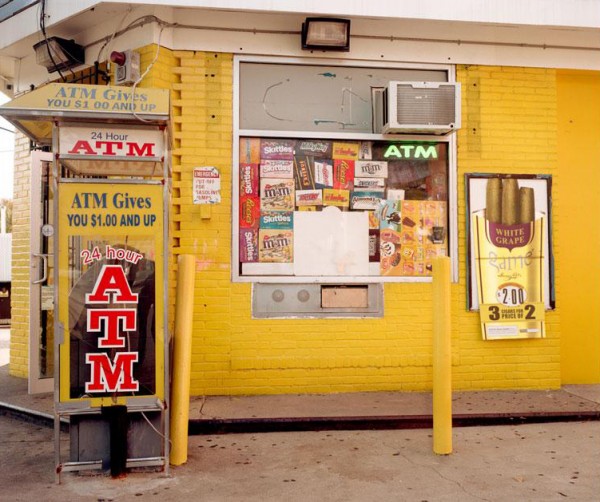
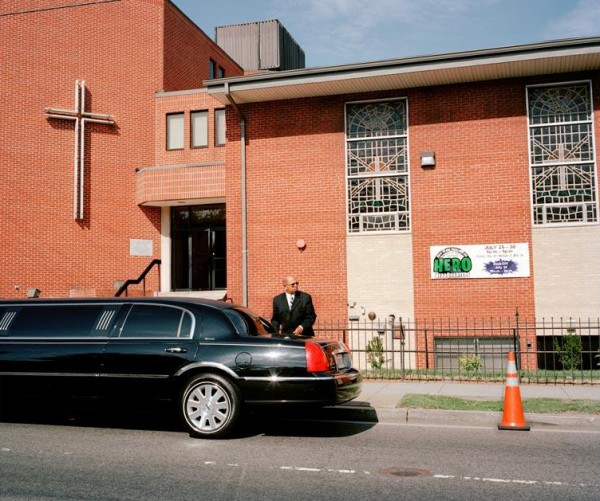
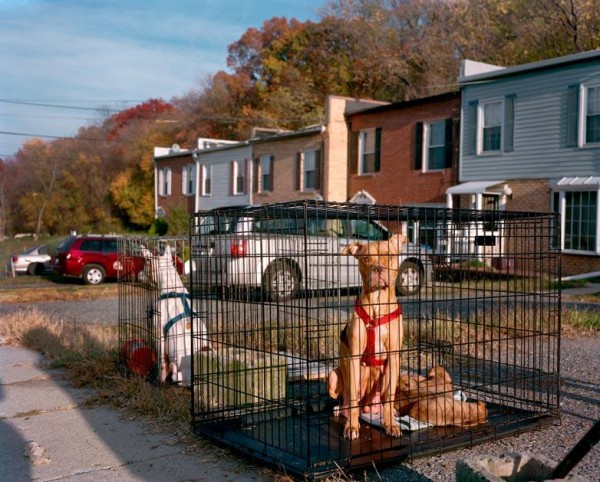
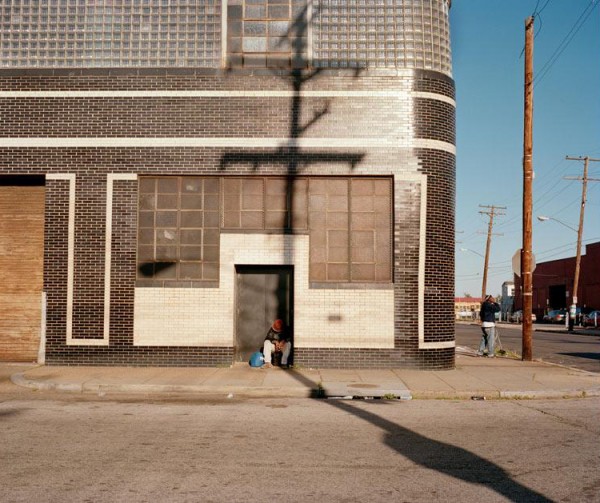
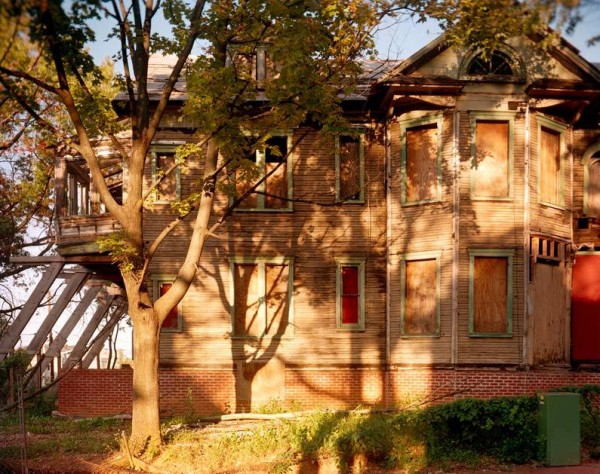
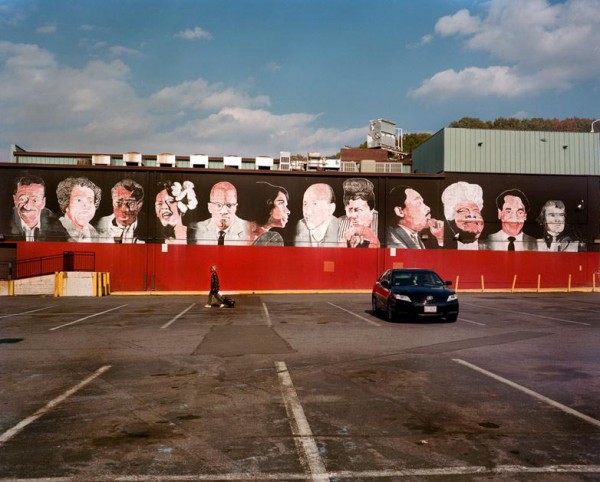
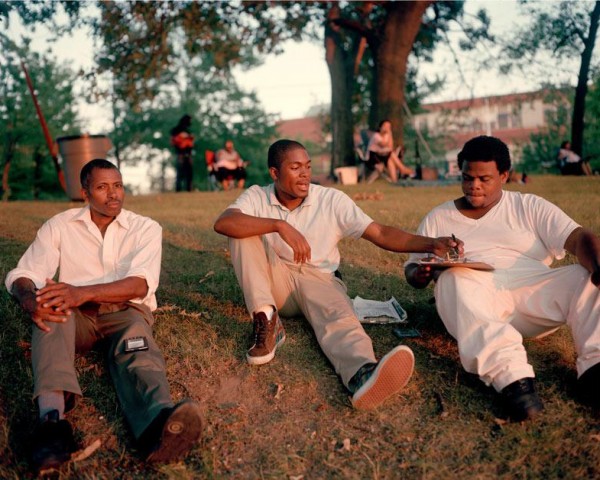
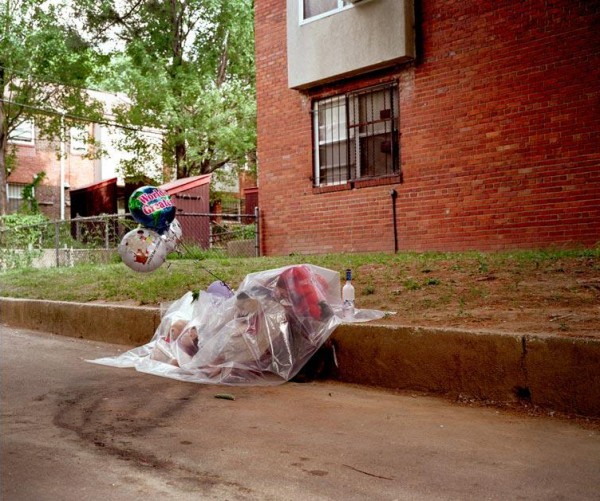

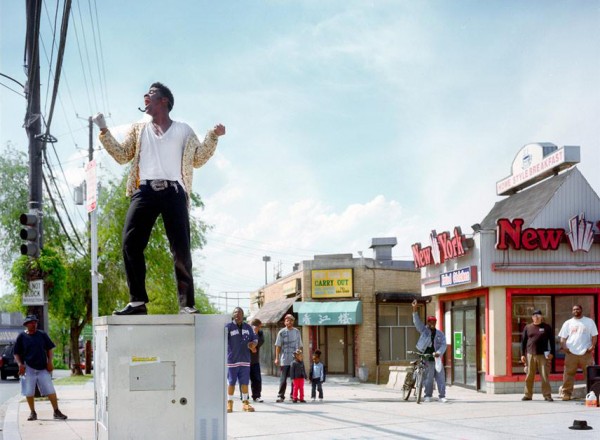
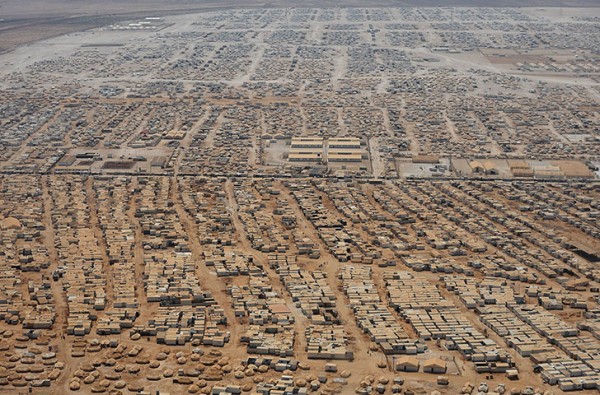
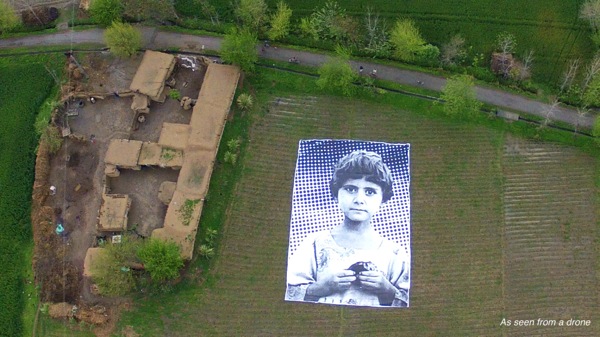
Reactions
Comments Powered by Disqus